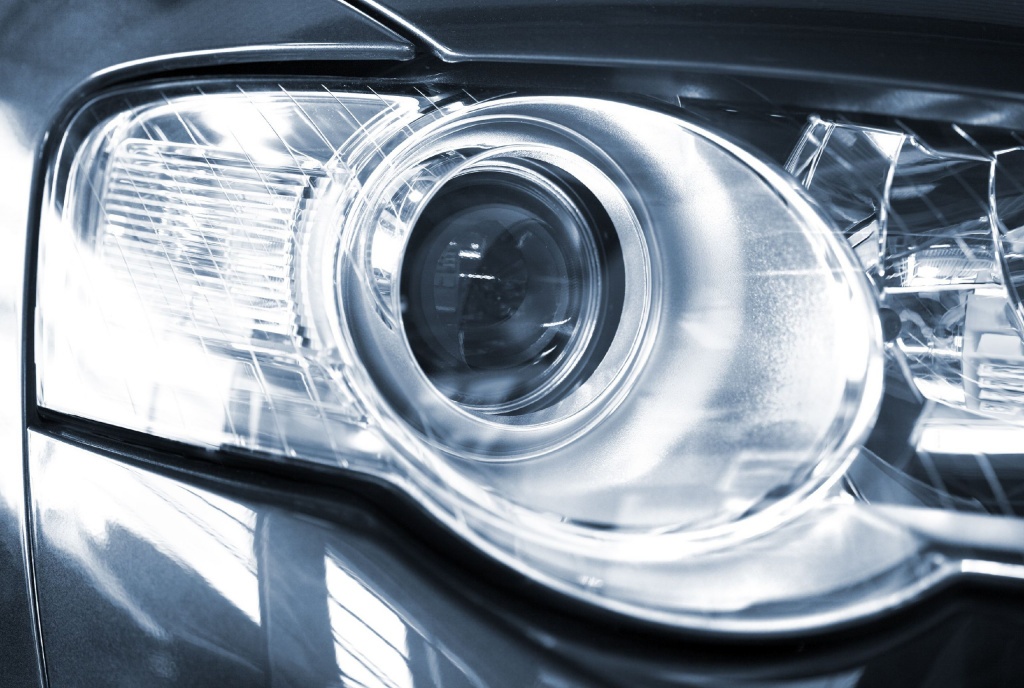
How to choose xenon
Xenon car headlights are the latest technology in automotive lighting. Previously, an ordinary incandescent filament served as a light source, but its fragility and tearing even with a weak impact prompted mankind to find a more acceptable and reliable version of the light element. And he was found.

In fact, there is no fundamental technological breakthrough in the device of xenon lamps. Such light bulbs are a flask with two electrodes filled with an inert gas - xenon - which serves as a light source. All xenon bulbs differ only in configuration - the type of base, glow temperature, operating voltage and other parameters.
The simplicity of the design is fully offset by the amazing variety of xenon lamps on the market. Let's try to figure out together which lamps to give preference to, and what characteristics you should pay attention to when choosing.
LIGHTING TEMPERATURE
The primary characteristic of each xenon bulb is the color temperature of the radiation. This indicator is measured in Kelvin (K) and shows the intensity of light emission. The table below shows the ranges of color temperatures and their scope.
Temperature, К
| Intensity, Lumen
| Shade
| Application area |
3 200-3 500 | About 1 500 | Yellowish, similar to the light of a halogen lamp | Most often used as foglights. |
4 000-5 000 | Over 3 000 | Neutral tone, minimal visual distortion | Ideal for general lighting. |
5 000-6 000 | Up to 3 000 | White with hints of blue | The practical effect is reduced due to the high contrast. Banned in some countries |
6 000-12 000 | Up to 2 000 | Black and white, unnatural | Decorative light. Does not find practical application in auto lighting |
Please note that a higher color temperature does not mean that xenon will shine brighter. Recall that the color temperature indicator reflects the spectrum of the glow, that is, what kind of light the light bulb will shine. Light of different spectra has different wavelengths, and spreads differently in different weather conditions.
Xenon or bi-xenon?
Ultimately, the choice of xenon lighting depends on the design of the headlights in your car. If the headlights are designed to be connected to a single filament lamp, then the normal (standard) type of xenon lamps will suit you. If before the headlights used lamps with two filaments or you have an H4 base, then you need bi-xenon.
The difference between xenon and bi-xenon is only in the implementation of the lighting itself. The standard xenon lamp provides only low beam, while the high beam uses halogen light. Bi-xenon headlights allow you to provide low and high beams due to a special device - a screen-lamp or a luminous bulb, which is controlled by an electromagnet, and moves the lamp to the position of low or high beams. The cost of such a lamp is higher and its installation. It happens that it requires intervention in the regular lighting system.
Another design feature of xenon lamps is the type of base. In most European cars, there is a base H1 and H7 for low beam, H1 for high beam and H3 for fog lights. The "Japanese" most often use the base HB4 and HB3 for near and far lighting, respectively. And in American cars you can find a variety of types of socles. Therefore, if you are not sure which base is needed specifically for your car, you should refer to the instructions or unscrew the light bulb from the headlight and come with it to the store.
Please note that if you install xenon headlights, you will most likely have to replace the headlight reflector as well. A conventional reflector scatters light, while for the effective operation of a xenon bulb, the light from it must be focused, otherwise drivers of oncoming vehicles will be subjected to a blinding effect.
What brand of xenon do you prefer?
Although there are many manufacturers of xenon lamps on the market, you should not save on such an important element as car lighting. Cheap lamps often turn out to be of little use in practice or do not at all correspond to the declared characteristics. In addition, low-quality light bulbs use low-quality connectors, glass and electronic circuits often without moisture protection.
The key to high quality is a well-known and proven brand. You can give preference to world-famous brands such as Philips and Osram, or choose worthy analogues, such as.

